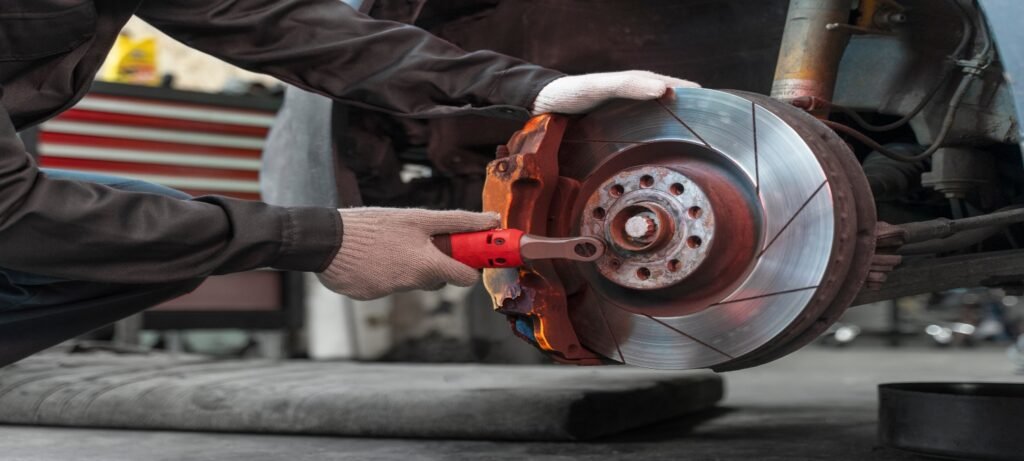You know the feeling when you step on the brakes and they squeak, shudder and shake? That sinking feeling in your stomach when you know your brakes need attention. Well, don’t worry, we’ve got your stopping power covered. In this article, we’ll explore everything you need to know about brakes and rotors so you can keep that pedal feeling responsive. We’ll talk about the different types of brake systems, when to know it’s time for new rotors or pads, and how to get the best deals on quality parts. Whether you’re a shade tree mechanic or pay the pros, we want your brakes giving you the control and confidence you deserve. So let’s get rolling and learn how to keep those stoppers in tip-top shape!
Understanding Brakes and Rotors
How Brakes Work
Your brakes are one of the most important safety mechanisms in your vehicle. When you press the brake pedal, it activates the master cylinder, which sends hydraulic pressure through brake lines to each wheel. This pressure forces brake pads against the rotors, creating friction that slows the wheels and stops your vehicle.
Brake Pads
The brake pads are the primary friction material in the braking system. They need to be replaced regularly based on your driving conditions and style. More aggressive driving in stop-and-go traffic means you’ll need to replace the pads more often. Quality brake pads provide optimal stopping power without damaging the rotors. Cheaper pads can cause the rotors to warp or become scored.
Brake Rotors
The brake rotors are the metal discs the pads clamp onto. Rotors come in two types: vented and solid. Vented rotors are more common and help dissipate heat, reducing brake fade. They cost a bit more but are worth it for most drivers.
Rotors need to be resurfaced or replaced when they become too thin or warped. Resurfacing rotors involves shaving off a thin layer of metal to provide a smooth braking surface again. However, rotors can only be resurfaced a limited number of times before they need replacement. It’s best to replace rotors in pairs to ensure even braking.
High-performance vehicles may require upgraded rotors that can handle more intense braking. Slotted or drilled rotors are options that help improve brake pad “bite” and reduce heat, but they tend to wear out pads a bit faster.
With quality parts and proper maintenance, your brakes will provide safe, reliable stopping power for the life of your vehicle. It’s worth investing in this critical system!
Why Brakes and Rotors Are Crucial for Your Vehicle
Your brakes and rotors are two of the most important components on your vehicle. Without properly functioning brakes, you won’t be able to stop safely. Worn out or damaged rotors can negatively impact your braking power and handling.
Stopping Power
Your brakes convert the kinetic energy of your moving vehicle into heat, slowing and stopping your wheels. Brake pads press against the rotors, creating friction to slow the spinning rotor. If your brake pads are worn down or damaged, they won’t grip the rotor effectively and your stopping distance will increase.
Rotor Health
The rotors are the discs that the brake pads clamp down on. Over time and with use, rotors become worn down, damaged or warped. Warped or grooved rotors won’t allow the brake pads to make full contact, reducing their effectiveness. It’s important to have your rotors resurfaced or replaced when they become worn to ensure safe braking.
Vehicle Control
Healthy brakes and rotors also provide stability and control of your vehicle. When you apply the brakes, the friction between the pads and rotors helps keep your vehicle traveling in a straight line as it slows. If one rotor or brake pad is more worn than the others, it can cause the vehicle to pull to one side when braking. This reduces control and stability, especially when braking at higher speeds.
To keep you and your passengers safe, have your brakes and rotors inspected regularly according to the recommendation in your owner’s manual. Don’t ignore signs like increased stopping distance, pulling, noises when braking or brake pedal vibration. Keep your brakes and rotors in good working order for maximum stopping power and control of your vehicle at all times.
